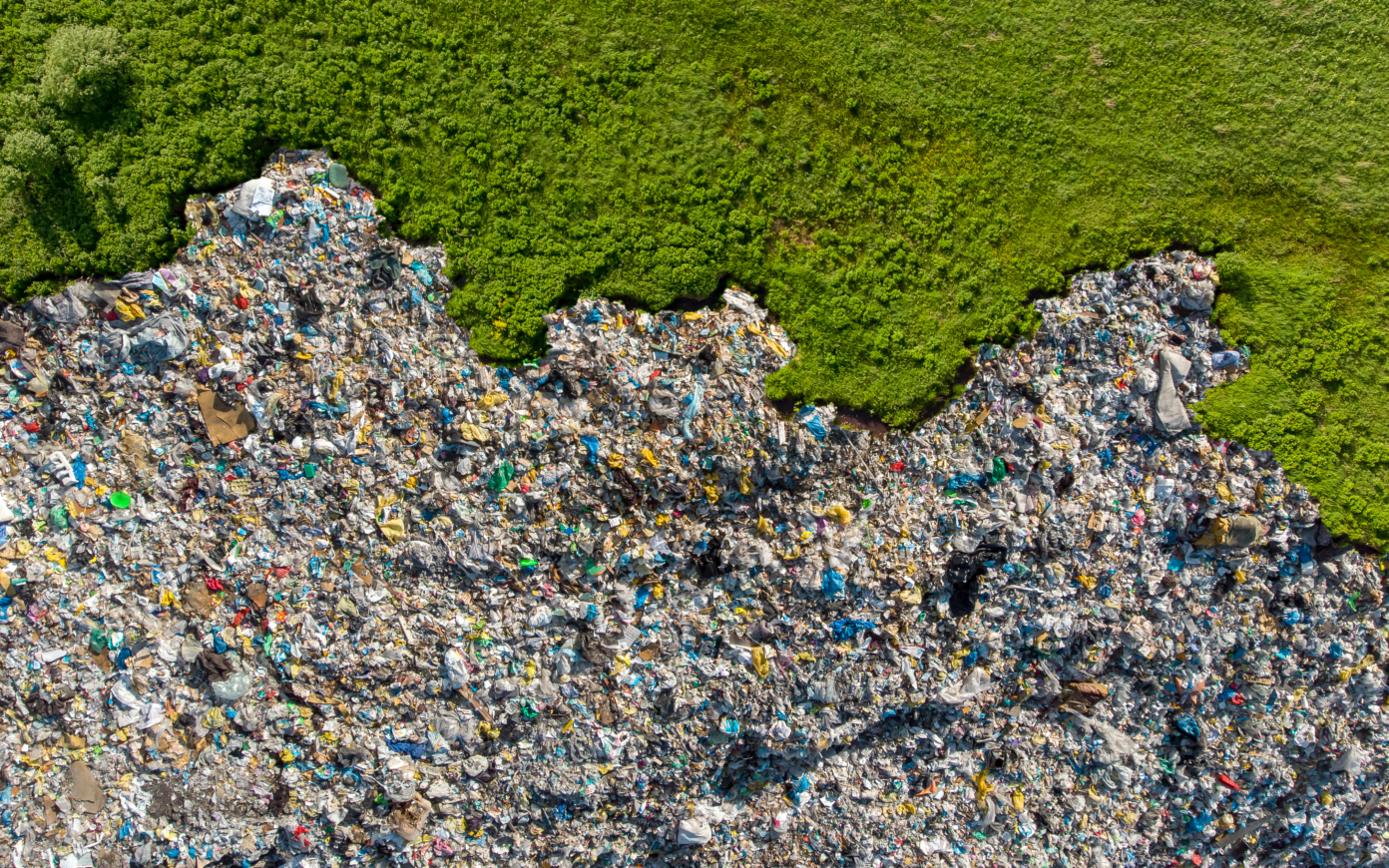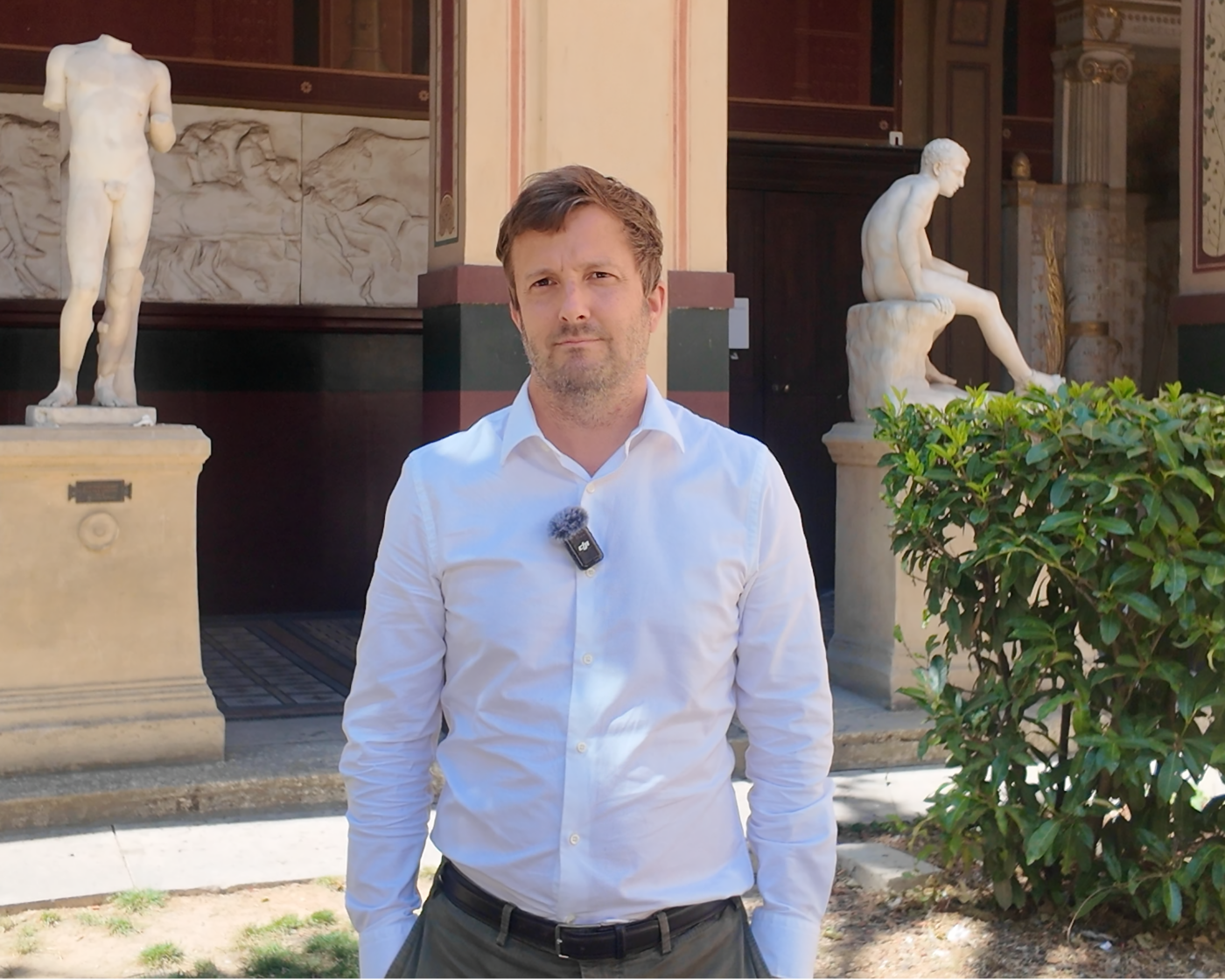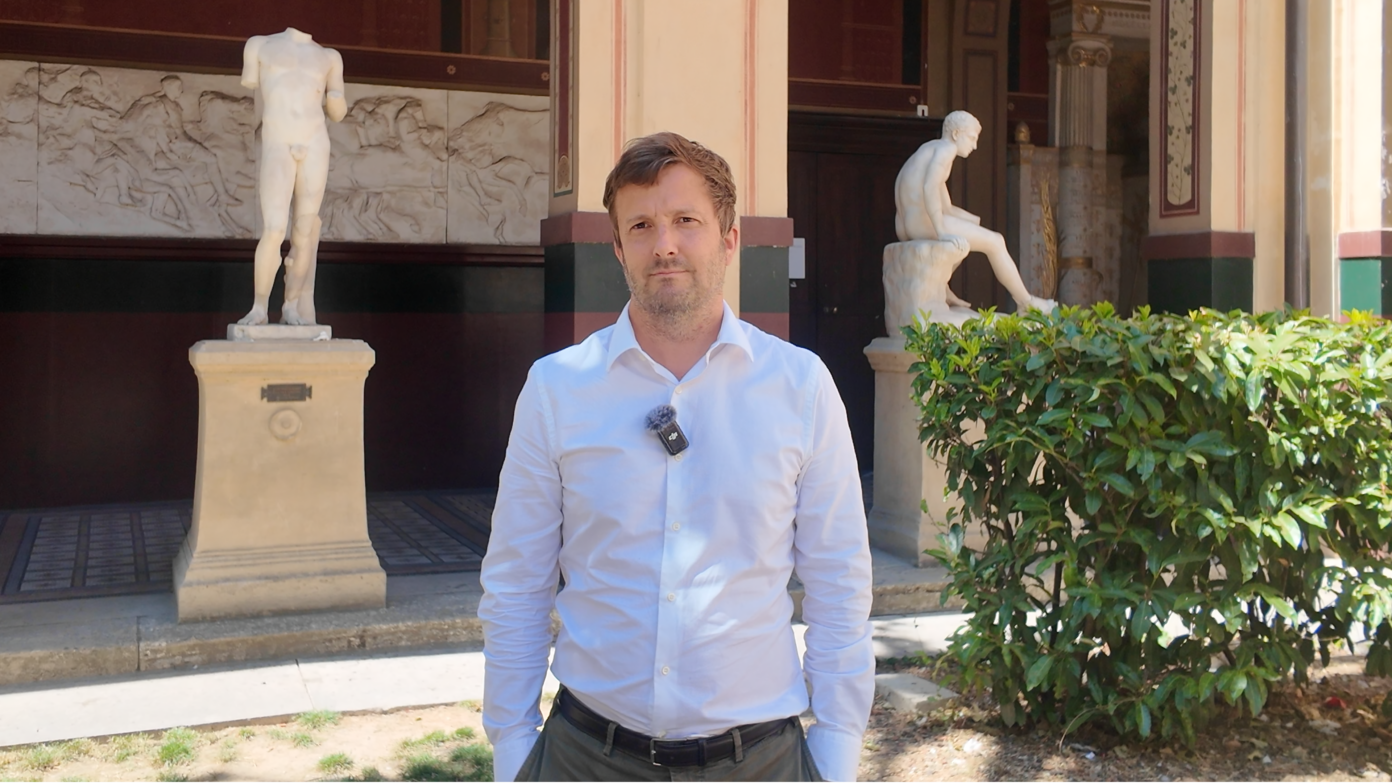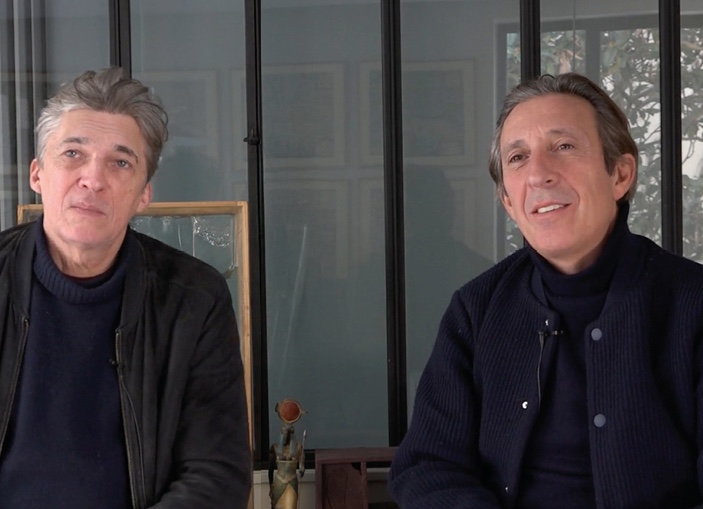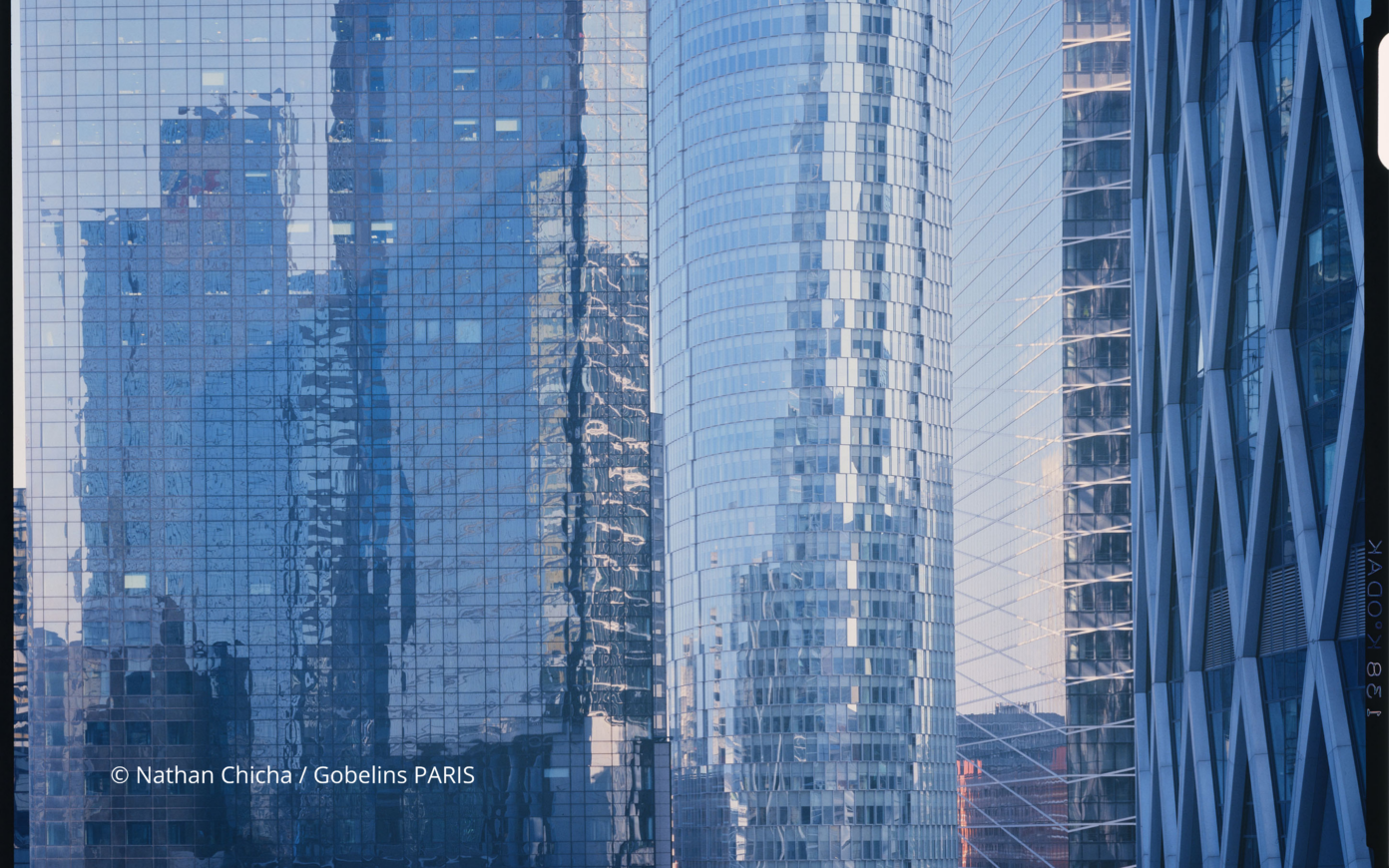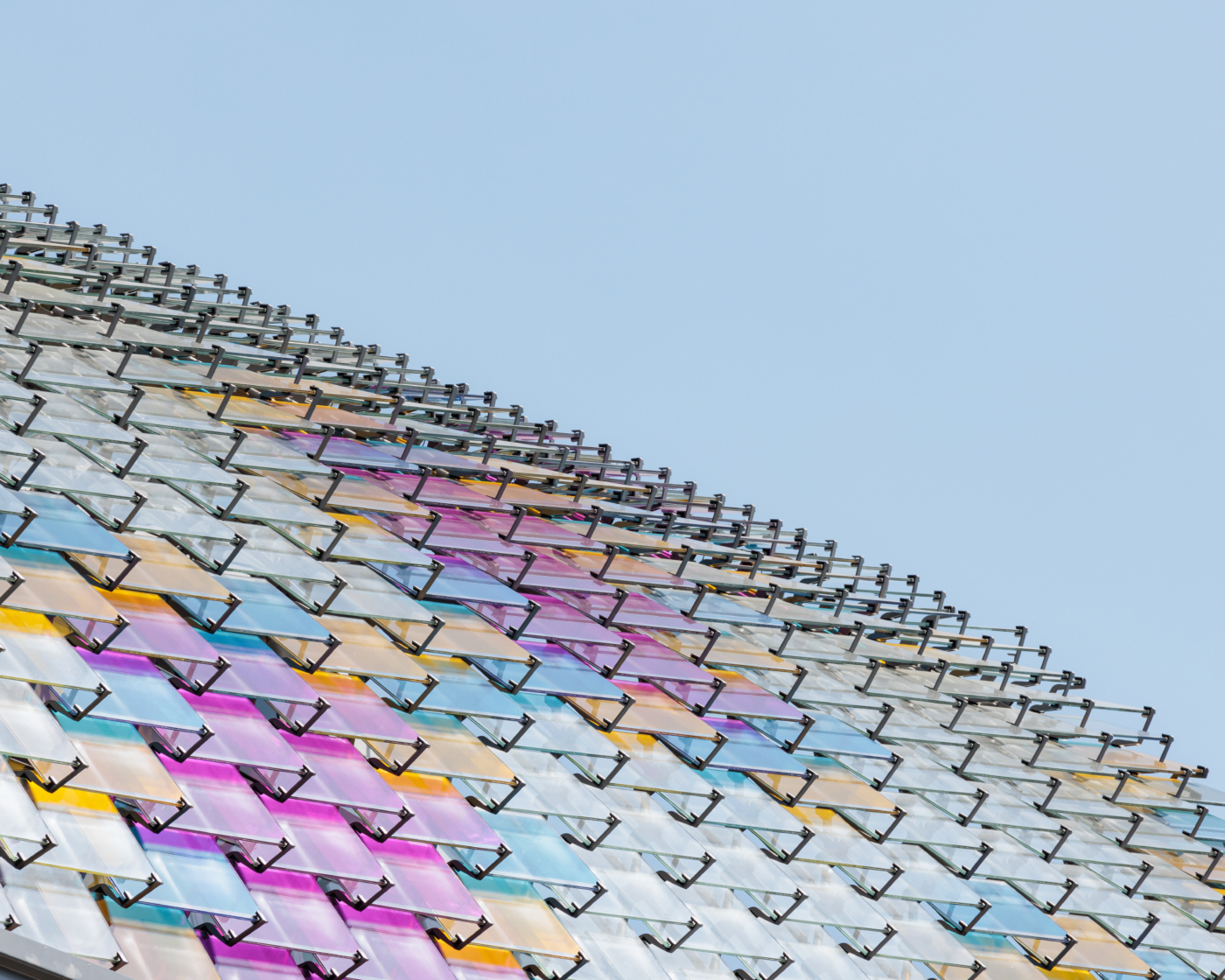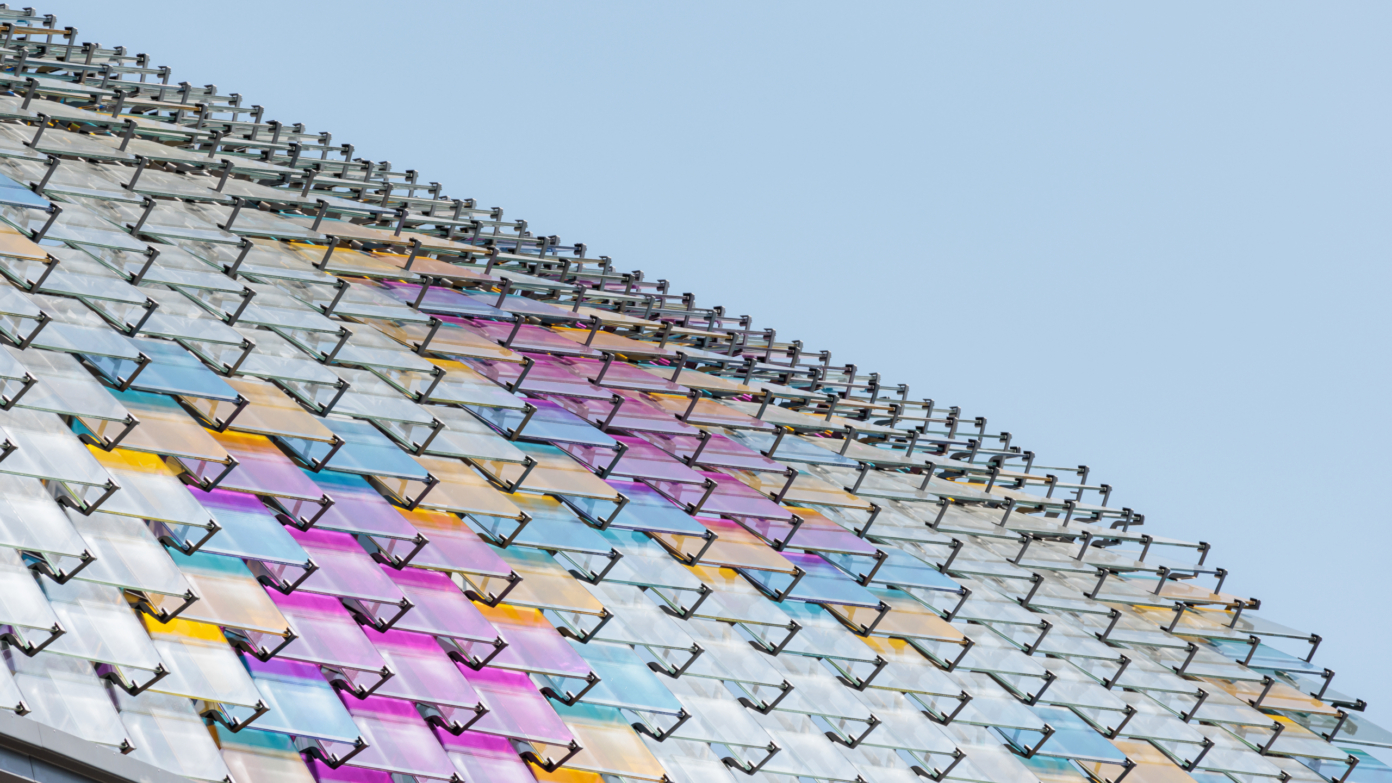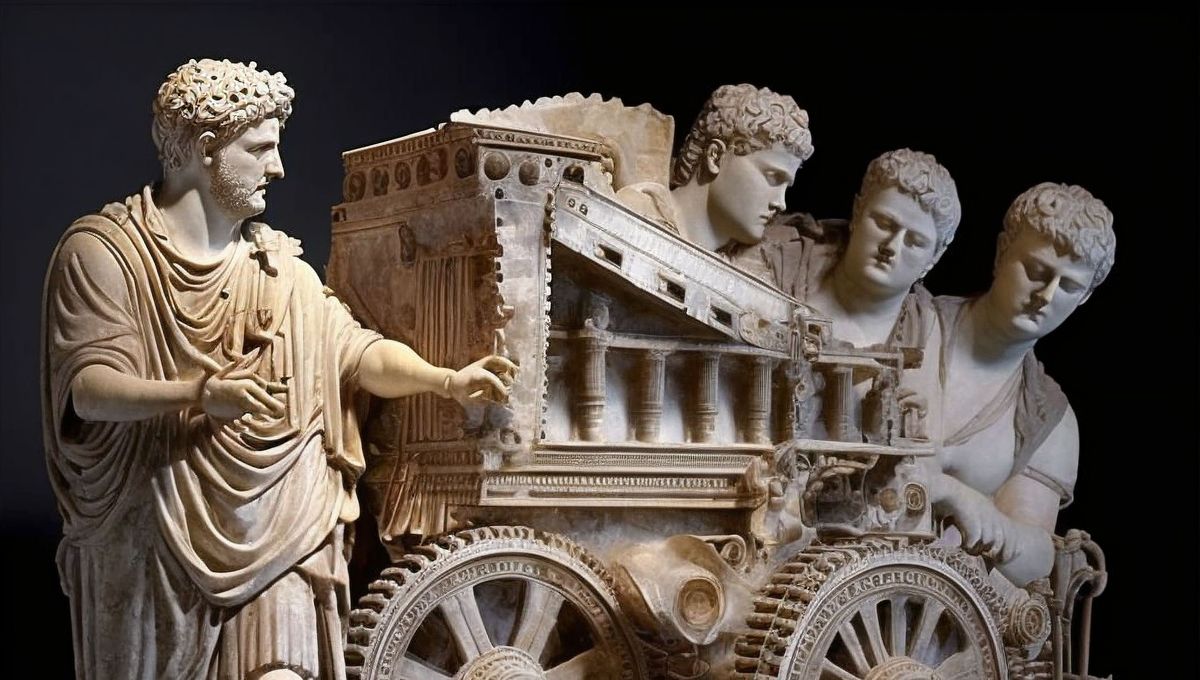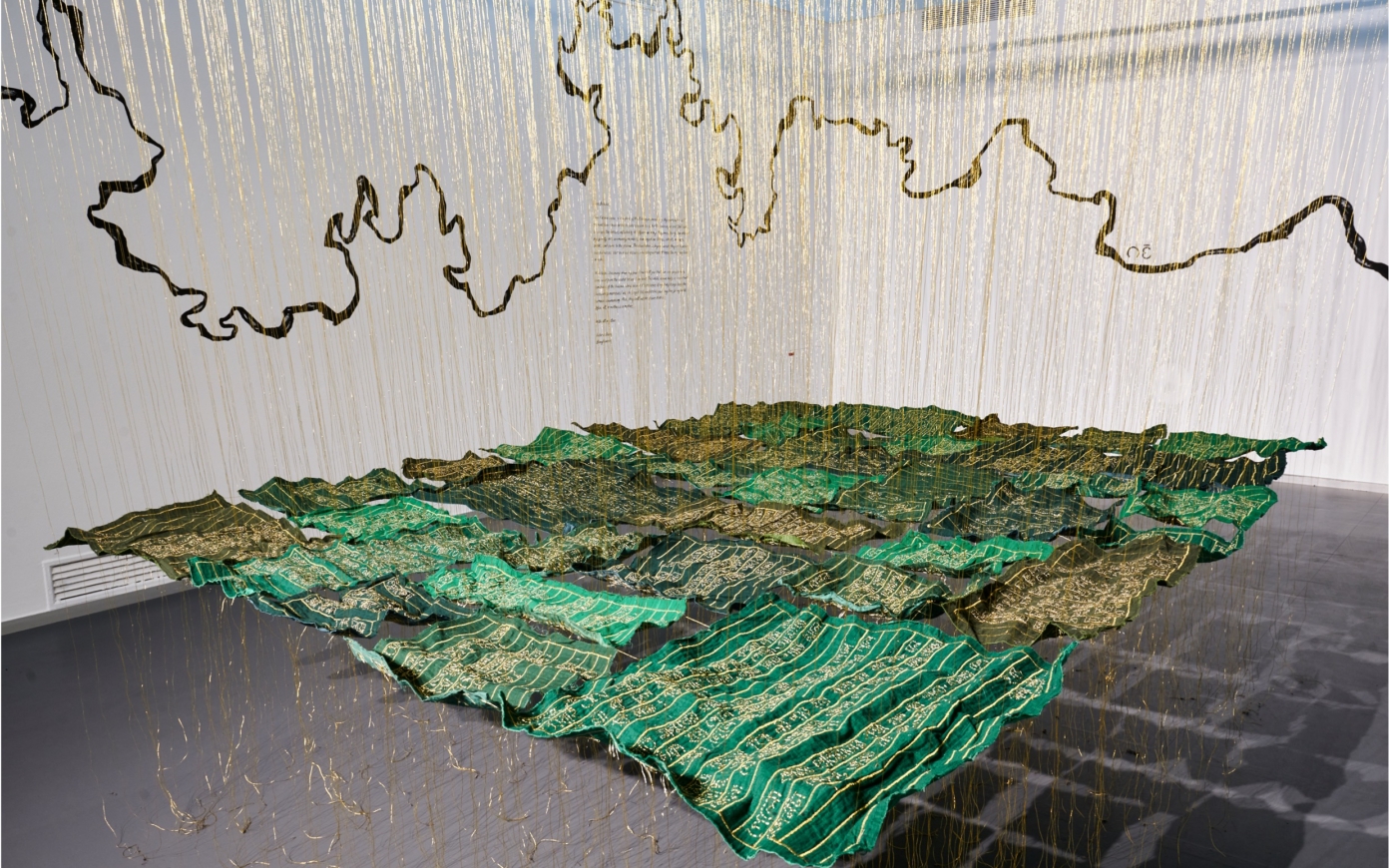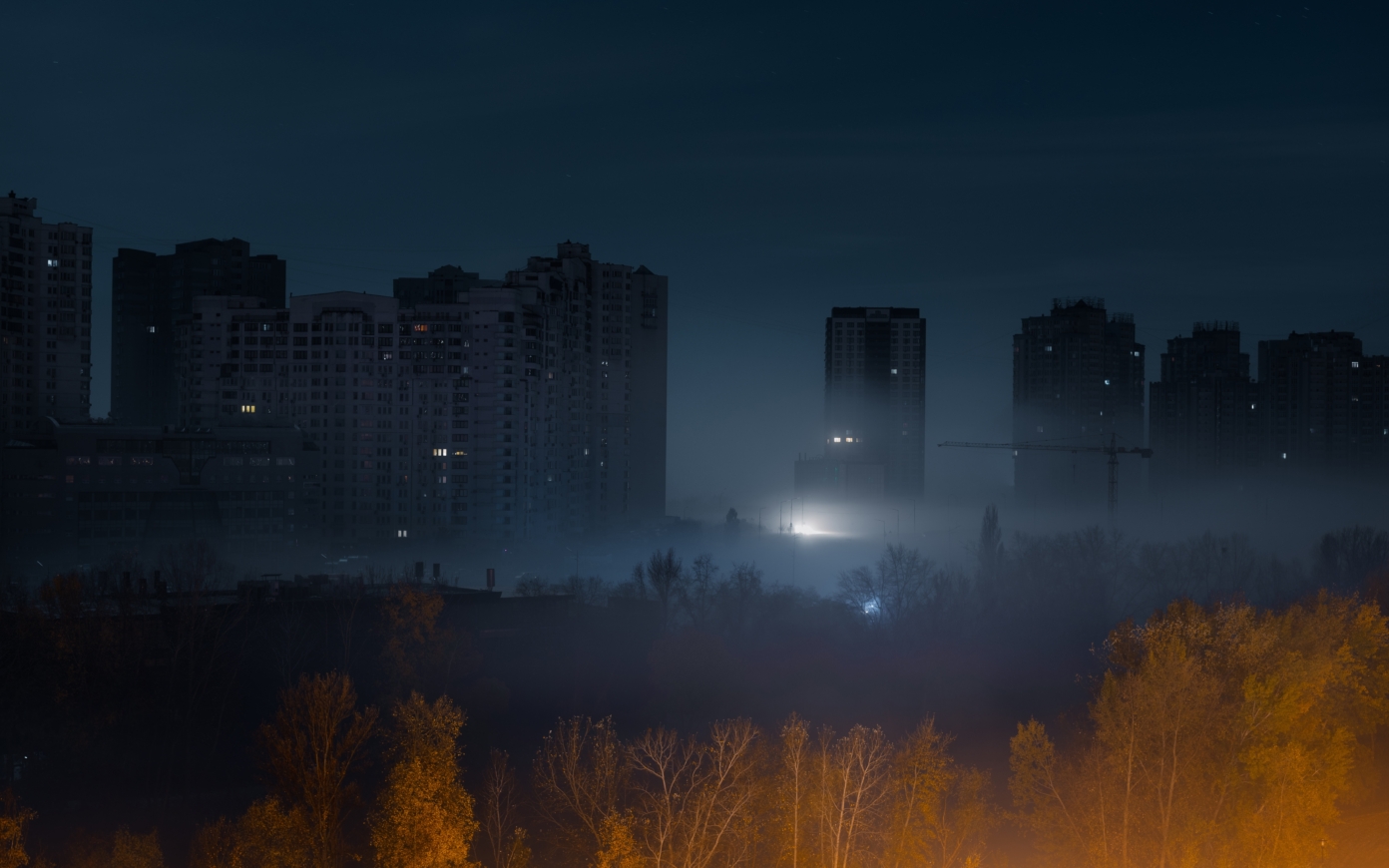Podcast transcript: urban metabolism, at the heart of the matter
In urban planning and geography, the concept of metabolism is frequently discussed. This organicist metaphor likens a territory to a body, traversed by flows of materials and energy that link it to its environment. From a quantitative perspective, these flows can be measured over time and space to assess what a territory consumes, processes, and produces. However, a qualitative approach is equally crucial, examining the political and social trade-offs that shape urban metabolisms. With this in mind, we spoke with two researchers, Clément Dillenseger and Pierre Desvaux, who have explored the waste sector to analyze the socio-technical infrastructures that underpin metabolism and the imaginaries that shape its perception.


